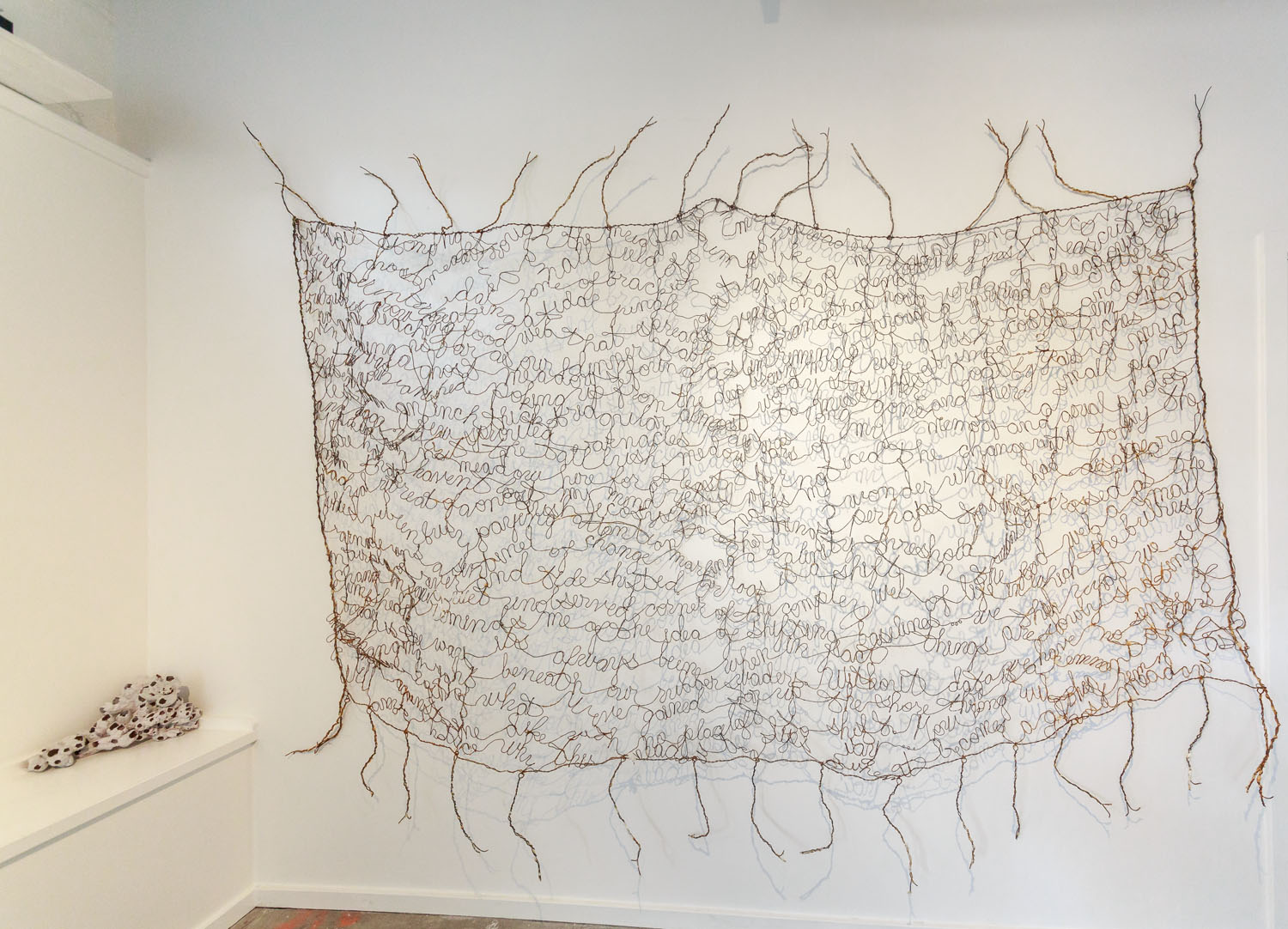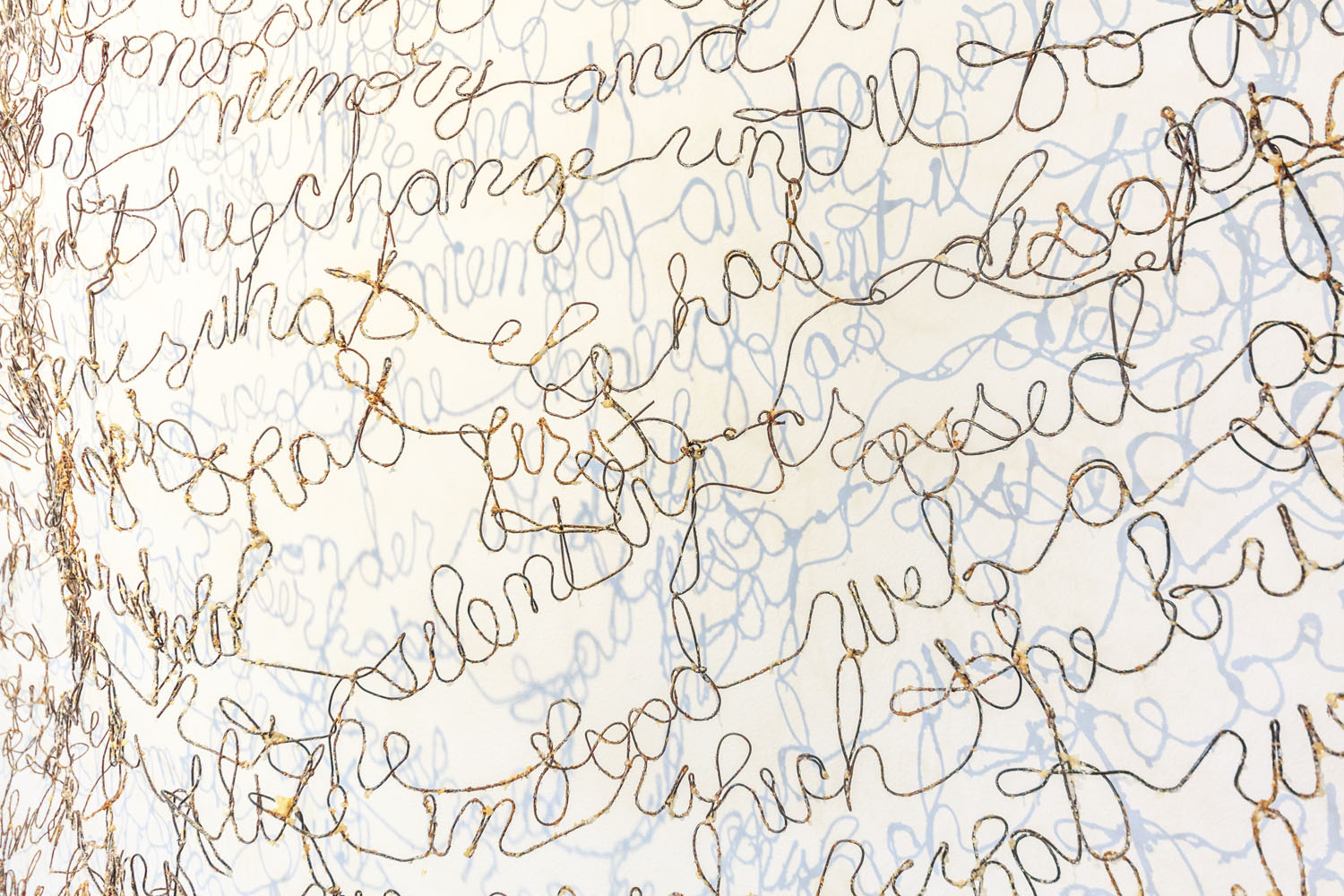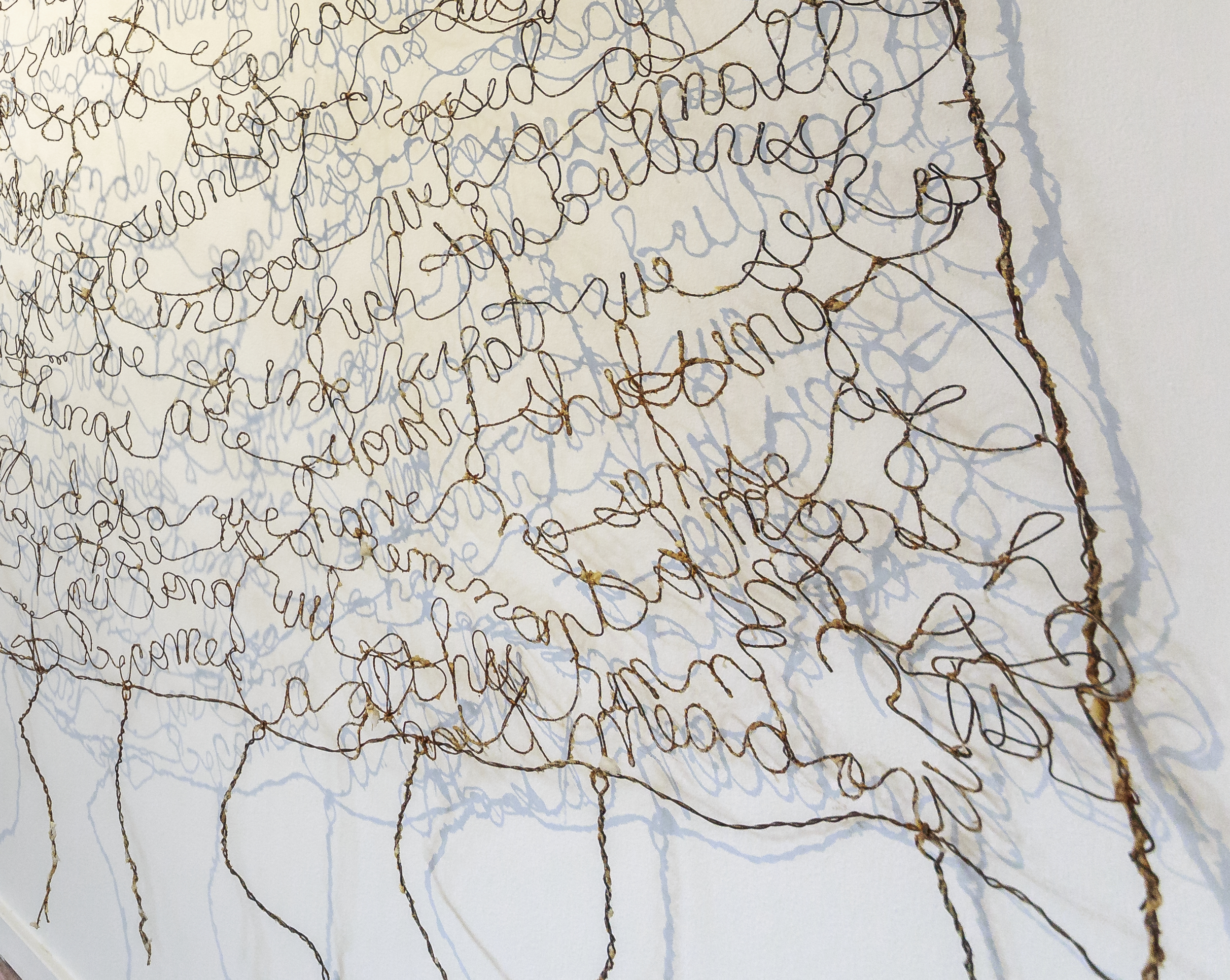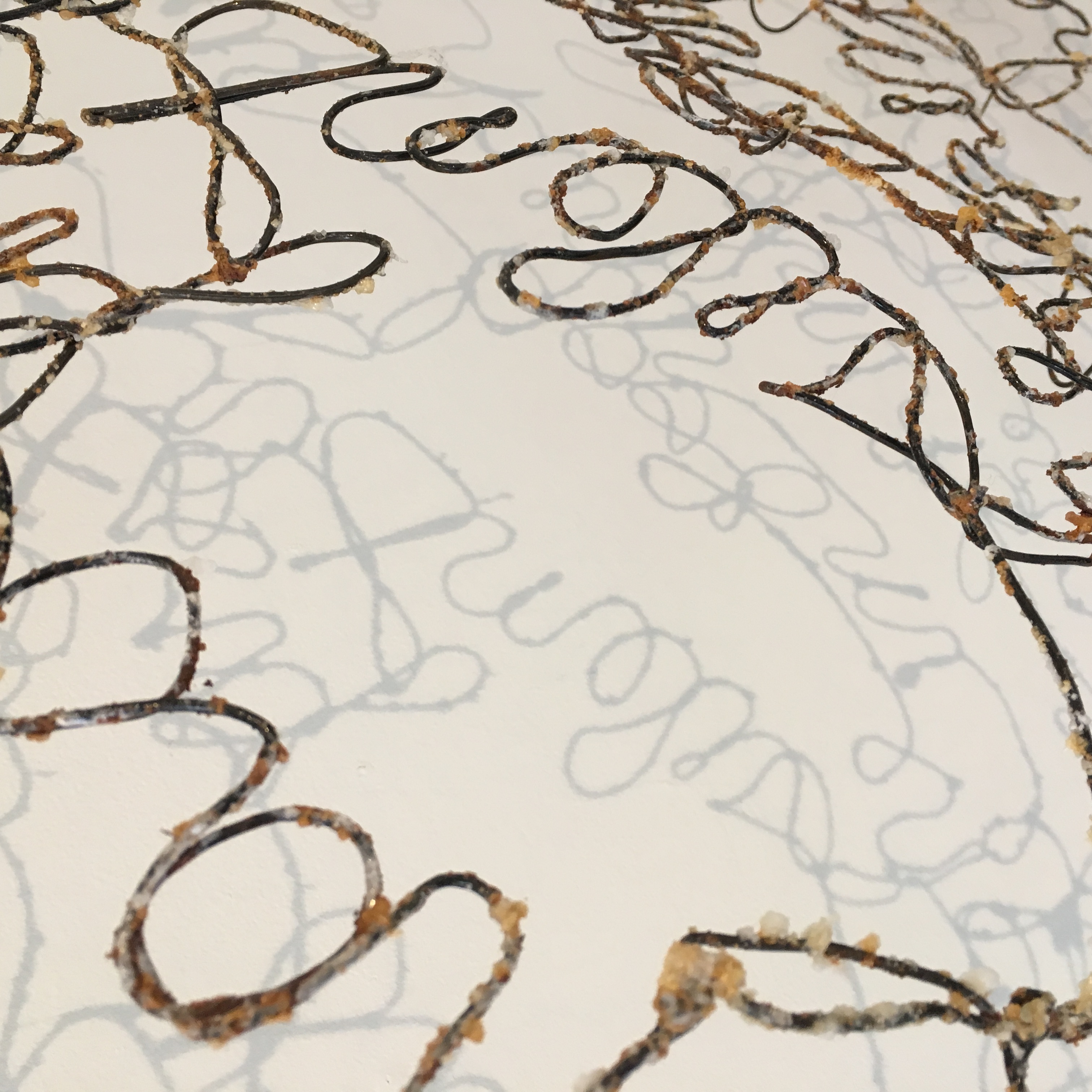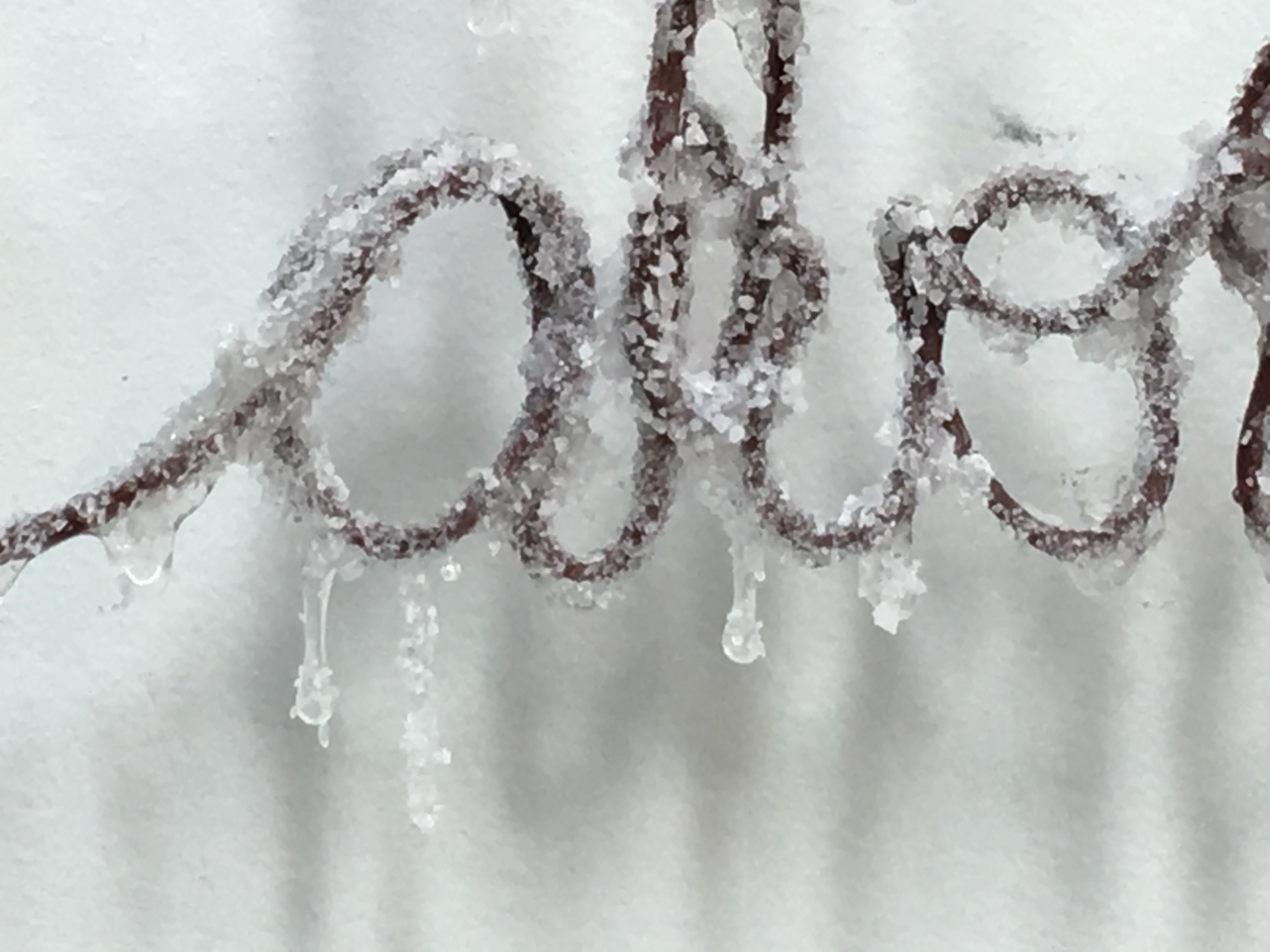Net Loss
I was out stomping through the mudflats in my hipwaders today, and discovered a bulrush ghost meadow. A small field of stumps, like a miniature forest clearcut. In the upper intertidal zone of brackish estuaries, tall, dense, verdant meadows of bulrushes grow, creating a tidal jungle of vegetation that hosts a myriad of critters and a far-reaching food web that spreads its strands through birds, crabs, and fish, even reaching as far as our dinner table.
But this was a ghost meadow I found, a slim reminder of a lush ecosystem once present, now vanished. Poking up from the deep, brown mud were stumps… three inches tall, less than an inch thick, triangular, almost woody, stumps. Coated by years of mud and algae. A few sprouted barnacles. Easy to miss. Here and there a small plant poked up, but the tall, lush meadow was long gone.
There has been no meadow here for at least 8 years of my memory, and aerial photos confirm that I haven’t lost my mind, yet. I never noticed the change until today, the gradual retreat of a once lush ecosystem. Makes me wonder what else has disappeared while I’ve been busy paying attention to other things? Perhaps that first barnacle was a sentinel of change, marking a salinity threshold silently crossed as the interplay of river and tide shifted. Or was it a shift in the food web, a small change in some quiet, unobserved corner of the complex web of life in which the bulrush is enmeshed? It reminds me of the idea of shifting baselines… we think what we see today is the way it’s always been, when in fact things are slowly shifting and changing, right beneath our rubber waders. Without data, we have no sense of what we’ve lost, of what we’ve gained. Far up the shore there is still a remnant of marsh, pinned against the dike with no place left to shift. How long will this remnant last? Will anyone notice when this meadow too slips away, when it becomes a ghost meadow?
Net Loss
steel wire, salt, rubber (7 ’x10 ’x1’)
text: Roger Fuller
Mary Coss is a Seattle-based interdisciplinary artist who has been recognized with awards and grants by the NEA, Ford and Puffin Foundations, 4Culture, Seattle Arts & Culture and Artist Trust. Her extensive exhibition record includes galleries, museums, and sculpture parks. She is cofounder of METHOD Gallery, a rape crisis center, and Borealis Light Festival. For more about the collaborative series from which this piece comes: visit marycoss.com.
